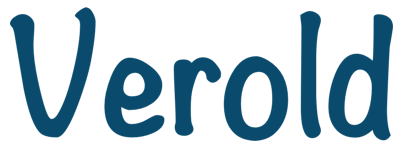The primary consideration during any asset management process is the data base of the concerned individual or business or company. But, merely running after the data is not sufficient to carry out an ace quality /asset management procedure. “Chasing data” can often be very expensive, daunting and an absolutely unrewarding effort. An efficient and top of the class asset management should focus on the processes that are proactive, and collaborate efficiently with the customers and the services. It is essential that the attention is shifted from the generally large, ineffective and reactive mass clean up strategies, as they fail to accomplish anything satisfactory.
An organization should be extremely selective while finalizing on any asset management procedure, keeping in mind the needs of the organization at the top of priorities. It could range from a mere improvement in a particular tool, a revision or re-engineering of a process, or an entirely new approach towards the business. Each organization has different needs that are unique to it and hence that should be the determining factor during selection.
It is possible that some organization already have the specific tools that are required for efficient asset management, but in most cases, professional help needs to be taken from firms like Richard Ohlhaber’s Ohlhaber Asset Management. The professionals here have the knowledge and experience to identify and finalize the design and development of processes specific to a particular organization. This knowledge includes the idea of what will be the best suited ways of extracting data, assimilating data and developing and applying suitable systems for the organization.
The individual business organizations can greatly benefit from the PETRO system of asset management. This involves five basic concepts which are :
(i) P for Pre- inventory review and Prep of baseline – in this a review of the company’s assets, its inventory, spare parts, base records and data is carried out, along with it a rough draft of the data extraction method, network audit method, etc is established.
(ii) E for Extraction- Customer Network Data Acquisition – in this data is acquired from the inventories, data base and through networks.
(iii) T for Translation- in this the mapping of data is done, along with its interpretation after modifying the acquired data to something that is suitable to the organization’s baseline.
(iv) R for Reconciliation – in this process the matching, validating and editing of the acquired data to the company’s baseline is done, and finally;
(v) O for Original Assimilation – in this the assimilated data is processed and integrated into systems that will be required by the company, which is finally loaded into the company’s records.
The asset managers working under the presidency of Richard Ohlhaber will also have a knowledge of the efficiency of this PETRO process, as one which establishes clean records as the baseline of the company that needs to be maintained at all times for progress and profit in business.

